Trees may appear steadfast and strong, but they can still fall victim to extreme weather and infestations. Unstable trees can endanger your property and nearby people and pets. Weakened trees that fall can damage houses and cars and cause catastrophic injuries. Trees planted on sidewalks can fall on the road, endangering both pedestrians and vehicles.
The good news is these incidents are preventable. With the proper care, trees can withstand many natural or man-made calamities that may befall them. If saving a tree is not possible, tree removal services are necessary before an accident happens.
When to inspect a tree:
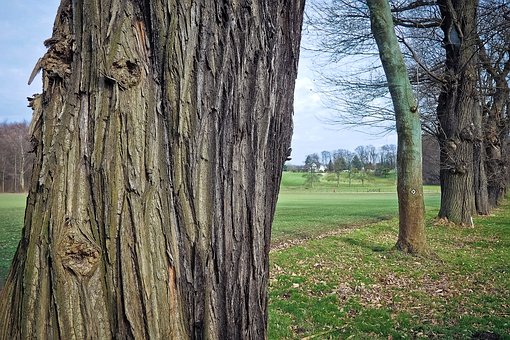
Trees are vulnerable to storms; check them before and after a blizzard, a thunderstorm, and other major acts of nature. Inspect your canopy regularly throughout the year since disease and pests can also weaken their structure.
Important: After a storm, do not approach a damaged tree or stand under it. Use binoculars to safely assess potential problems. Better yet — call professionals to conduct an inspection.
Look out for:
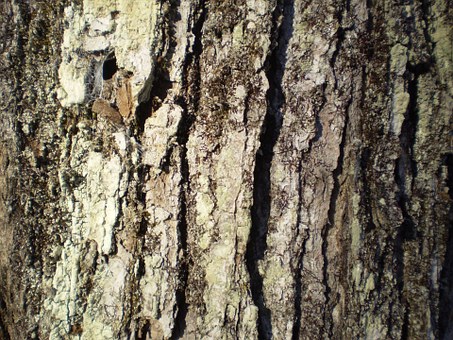
1. Cracks and Hollows
Though some may be more obvious than others, cracks and hollows in trees require a thorough inspection. Some may hide behind bark and branches and go unnoticed, leaving trees vulnerable to disease and infestation.
2. Broken and/or Dead Branches
Check for broken limbs. These can easily fall and hurt anyone standing nearby. Next, look for cracked branches still attached and prune them. Finally, check for any “peeling” of the bark. This happens when a branch is torn off or falls on its own. Remove branches with extensive peeling (about a third of its circumference); this is an invitation for rot and pests.
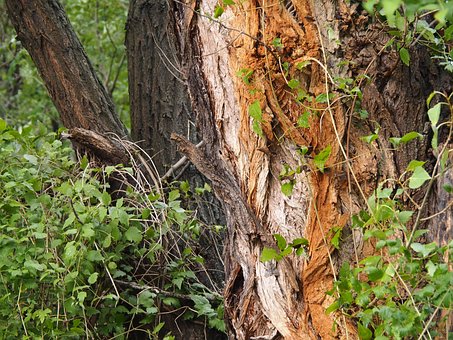
3. Split Trunks
Lightning strikes trees more often than you think. Look out for trees with trunks split in the middle. These are extremely dangerous and should be removed immediately.
4. Rot and Infestation
Excessively wet and damp soil can make a tree susceptible to fungal diseases, which can lead to root or crown rot. Trees that have secretly been rotting for decades can fall at any moment. Watch out for the following symptoms:
- Evidence of fungus on the roots
- Wilted, yellowing, or browning leaves
- Gradual or rapid deterioration
- Stunting, poor growth and development
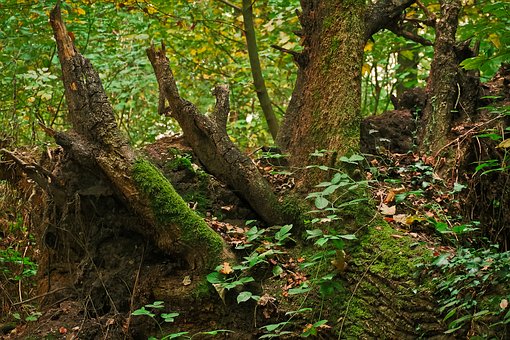
5. Infestation
Pests are also drawn to moist, open wounds in trees, debris, and over-mulching. Below are three types of pests and the signs they’ve invaded your tree:
- Sucking insects: leaf loss, discolouration, withering
- Chewing insects: chewed on leaves, less foliage, dieback of new shoots
- Boring insects: sawdust, damaged bark, cracks, holes, swelling, sap leakage, withered branch tips
6. Construction Damage
Construction work in the area can negatively affect trees. Passing vehicles and foot traffic can cause soil compaction, depriving trees of nutrients. Equipment may hit the trunks or branches of trees, damaging them. Monitor the state of your trees if there’s construction in your area.
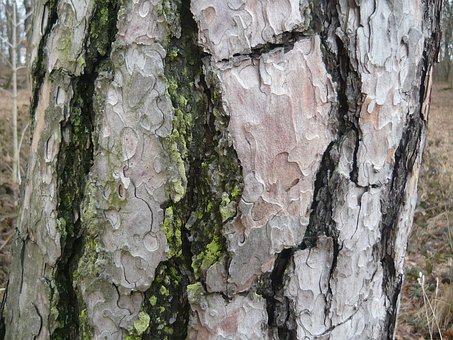
Prevent hazardous trees from jeopardizing the safety of your community and home. If you have a hazardous tree in your yard, call professional arborists to deal with it. Equipped with the proper gear and knowledge, they can safely treat or remove these trees while protecting property, people, and pets in the vicinity.
Great Northern Regreenery offers expert tree damage repair and tree removal services around Newmarket, Aurora, and Alliston. Call us at (905) 775-7444 to schedule a free inspection.





